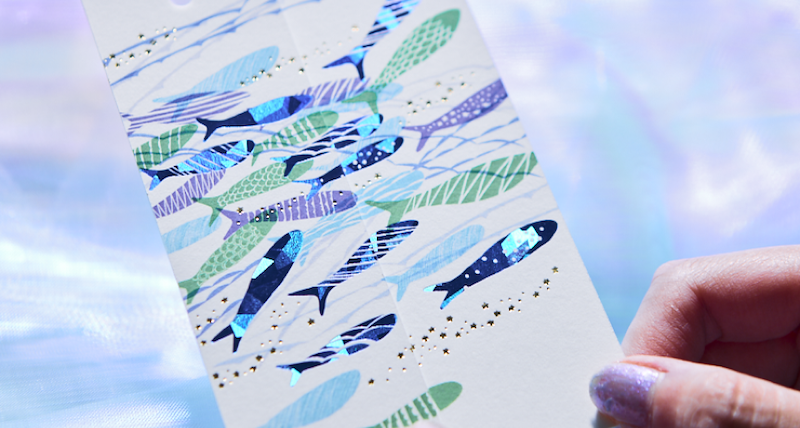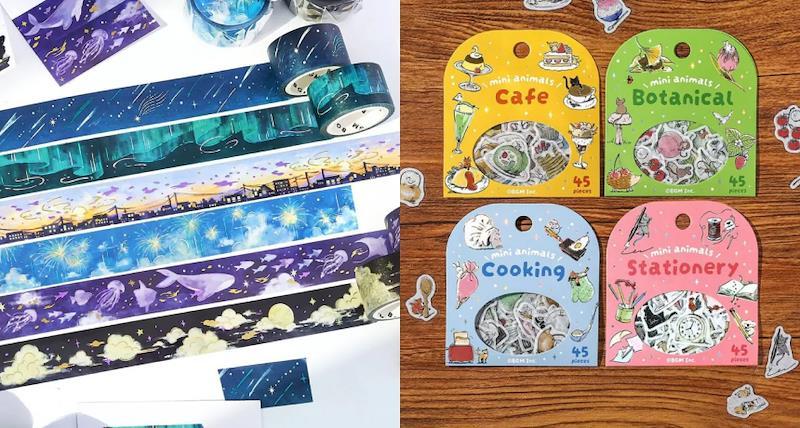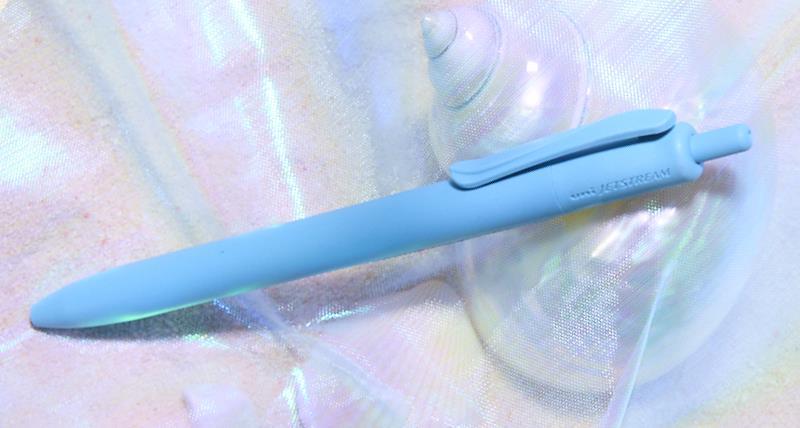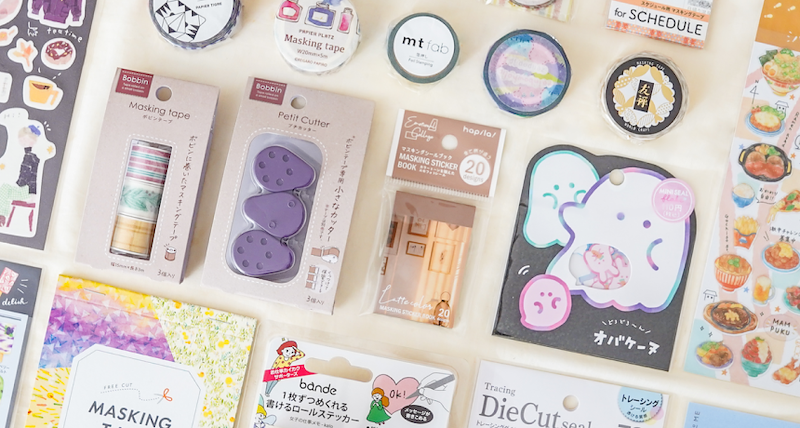Blog
Top Tags
stationery
|
japanese stationery box
|
stationery pack
|
Japanese culture
|
Previous Stationery Packs
|
giveaway
|
Previous Packs
|
annoucement
|
ZenPop Giveaway
|
japanese stationery pack
|
Featured Article
Discover ROKKAKU, a Kyoto stationery brand famed for foil-stamped cards, tapes, and notebooks. Celebrate everyday moments with Japanese elegance.
Due to the recent announcement of new U.S. tariff regulations, we are carefully monitoring the situation and making adjustments to ensure smooth delivery of your parcels.
Discover what makes BGM masking tape and stickers special. Compare BGM vs mt, World Craft, Mindwave, and more in this guide for Japanese stationery lovers.
Explore eco friendly stationery from Japan made with ocean plastic, tea leaves, and recycled materials. Discover sustainable tools that are as smart as they are beautiful.
What are all those Japanese stickers and how can you best use them? Find out here.
Discover 10 Japanese products that are perfect for your new Scrapbooking project!
Discover 8 popular types of Japanese pen cases, from soft pouches to structured boxes. Find the perfect pen case for your style and stationery needs.
Explore the cultural roots and fine craftsmanship behind Japan’s love for mini stationery—small tools with big function, charm, and everyday joy.
Discover 7 adorable miniature stationery items from Japan you didn’t know you needed—tiny tools that are cute, functional, and perfect for your planner.
Discover the differences between B5, A5, and A6 Japanese notebook sizes in this gentle guide. Find the perfect fit for journaling, studying, traveling, or everyday writing.
ZenPop’s online stationery store is now open! Discover and shop your favorite Japanese stationery items individually — no subscription needed.











